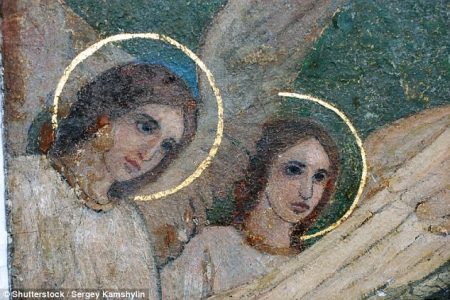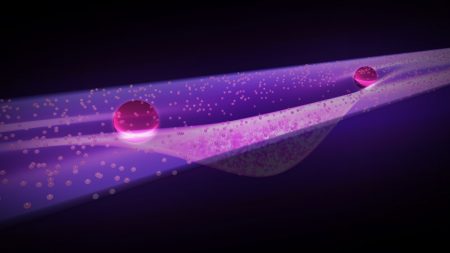
July 22, 2017 – In fact right now! What is a fermion? According to Quora and Alex Klotz, a Ph.D. in physics,
“A fermion is a particle that
A. has an intrinsic angular momentum that is a 0.5, 1.5, 2.5, etc multiple of Planck’s reduced constant, and B. cannot occupy the same state as another particle of the same type. Electrons and protons are common examples. They are in contrast to bosons, which have 0, 1, 2, 3, etc spin, and can condense into the same state.”
B. cannot occupy the same state as another particle of the same type. Electrons and protons are common examples. They are in contrast to bosons, which have 0, 1, 2, 3, etc spin, and can condense into the same state.”
Electrons and protons are common examples. They are in contrast to bosons, which have 0, 1, 2, 3, etc spin, and can condense into the same state.”
Are you confused enough yet?
What I can glean from this description is that a fermion is a group of sub-atomic particles that are the opposite of the boson of Higgs-Boson fame. That’s because fermion particles spin in a different direction than bosons. Among the subatomic particles you may be more familiar with, electrons, protons, neutrons, quarks, and neutrinos are all classified as fermions.
So fermions sound pretty old hat when compared to bosons. But not according to the latest discovery by physicists at Stanford University. The scientists announced in the last week that they had found “strong evidence” for the “angel particle.”
What makes this particle different and why the moniker “angel?” It is really an analogy to biblical creation, tying it to the Big Bang, the beginning of our Universe. It also is a reference to the Dan Brown novel, Angels and Demons, with antimatter playing a significant part in the plot.
What is antimatter?
According to physicists, at the seminal moment of the Universe emergence from the Big Bang, there were equal amounts of matter and antimatter. Antimatter formed particles that were the opposite of matter. And back in 1937, Italian theoretical physicist, Ettore Majorana, envisioned a particle that could exist as both in a single state. These matter and antimatter particles are today known as Majorana fermions. But they existed only in theory until Stanford’s evidence emerged.

In the July 21, 2017, edition of the journal Science, the Stanford discovery is written about. The Stanford experiments were conducted using superconductors which allowed for observation of these never seen before fermions. Professor Shoucheng Zhang of Stanford notes that the team “predicted exactly where to find the Majorana fermion and what to look for as its….signature.”
Where does this evidence lead us in practical terms?
Majorana fermions may provide an environment for the next leap in quantum computing. With qubits surrounded by particles of both matter and antimatter, these essential quantum bits can exist without being disturbed and losing their data. This would mean computers many million times more powerful than today’s D-Wave quantum computer which I have written about in previous postings.
So now we have the Higgs-Boson, called the “God particle,” an unstable piece of matter deemed to play a big part in what makes matter possible; and the Majorana fermion, the “Angel particle,” capable of combining matter and antimatter in a stable state with implications for all kinds of future discoveries.I’m always amazed and amused by how science will choose to name discoveries using religious terminology. But maybe that makes it easier for the average person to understand the implications of the discovered evidence.
And in both cases, scientists have chosen to give these discoveries a religious context. Maybe that makes it easier for the rest of us to understand the implications of their discoveries. Or maybe they are just poking fun at creation myths.












